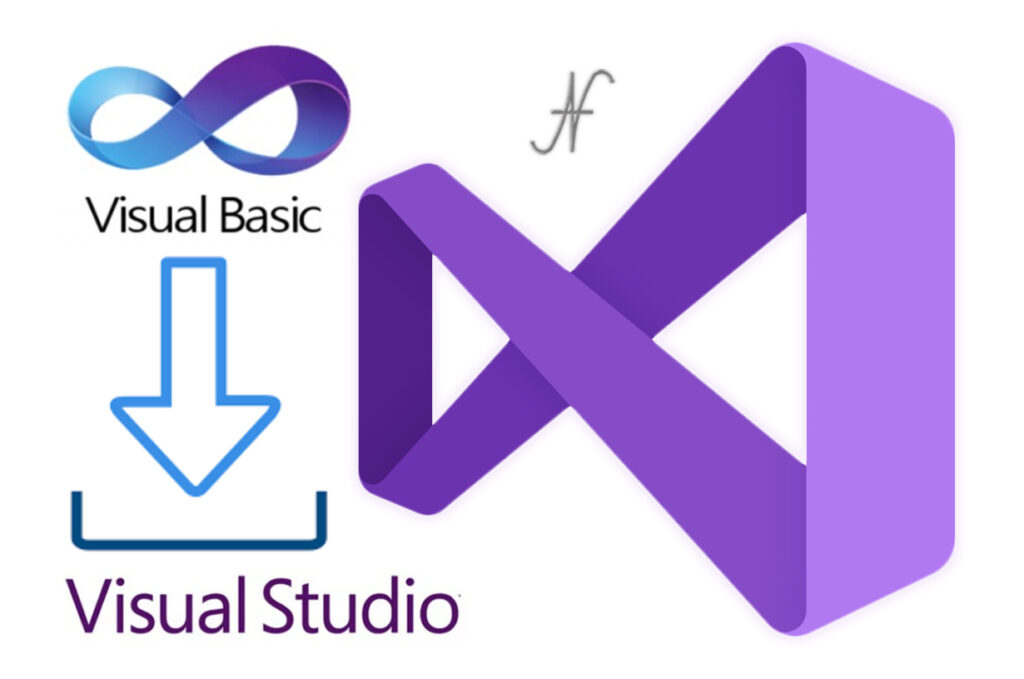
Free eBooks for Beginners
Visual Basic .NET is a programming language that is used to create a wide range of applications for the Windows operating system. It is a modern version of the original Visual Basic language and is an object-oriented programming language. In this article, we will be discussing disposable objects in Visual Basic .NET, specifically for beginners.
A disposable object is an object that can be “disposed” of when it is no longer needed. This means that the resources used by the object can be freed up to be used by other parts of the program. Disposable objects are used to manage the memory and resources used by an application.
One example of a disposable object is a database connection. When a program opens a connection to a database, it uses resources on the computer, such as memory and processing power. When the program is done using the database, it should close the connection to free up these resources.
Another example is a file stream. When a program opens a file, it uses resources on the computer, such as memory and processing power. When the program is done using the file, it should close the file stream to free up these resources.
It is important for beginners to understand how to properly use and dispose of disposable objects in their programs. This can help to prevent memory leaks, which occur when a program uses up more and more memory over time without freeing it up. Memory leaks can cause a program to slow down or crash.
In Visual Basic .NET, disposable objects are typically used with the “Using” statement. The “Using” statement allows you to create an object, use it, and then dispose of it automatically. This makes it easy to ensure that the object is properly disposed of, even if an error occurs.
For instance, when connecting to a database, you can use the “Using” statement to open a connection and then close it automatically when the program is done with it. This ensures that the connection is closed even if an error occurs.
It’s important to note that not all objects are disposable, for instance, when working with simple data types like strings, integers, and booleans, you don’t have to worry about disposing them.
In conclusion, disposable objects are an important concept for beginners to understand when programming in Visual Basic .NET. They help to manage the memory and resources used by an application and can prevent memory leaks. The “Using” statement makes it easy to ensure that disposable objects are properly disposed of in your program. By using disposable objects correctly, you can create more efficient and stable programs.
Cookbook – VisualBasic.NET for Beginners – Chapter 25 : Disposable objects
 Loading...
Loading...
Disclaimer: The information and code presented within this recipe/tutorial is only for educational and coaching purposes for beginners and developers. Anyone can practice and apply the recipe/tutorial presented here, but the reader is taking full responsibility for his/her actions. The author (content curator) of this recipe (code / program) has made every effort to ensure the accuracy of the information was correct at time of publication. The author (content curator) does not assume and hereby disclaims any liability to any party for any loss, damage, or disruption caused by errors or omissions, whether such errors or omissions result from accident, negligence, or any other cause. The information presented here could also be found in public knowledge domains.
Learn by Coding: v-Tutorials on Applied Machine Learning and Data Science for Beginners